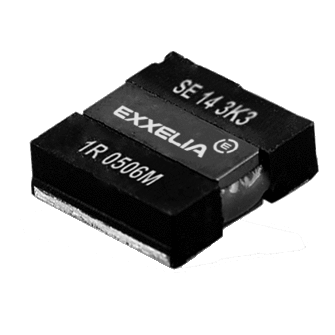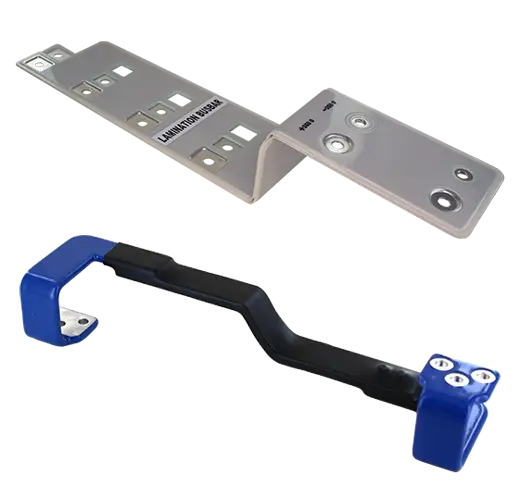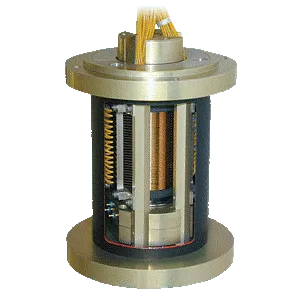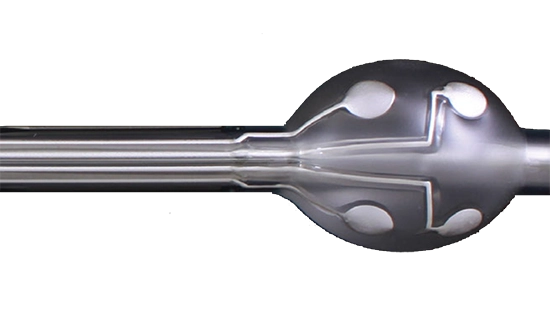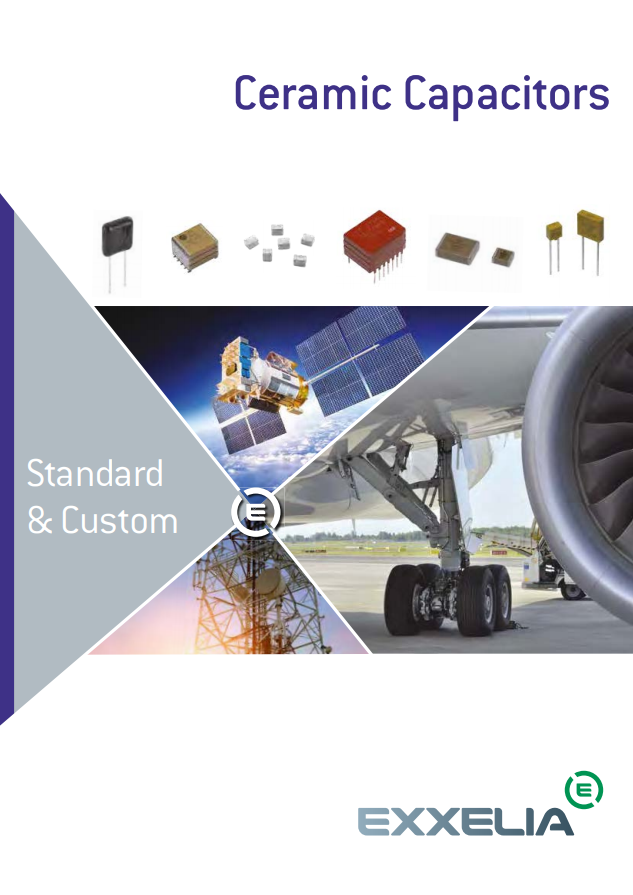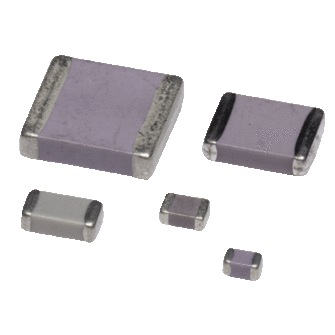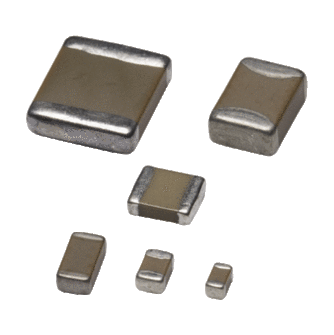
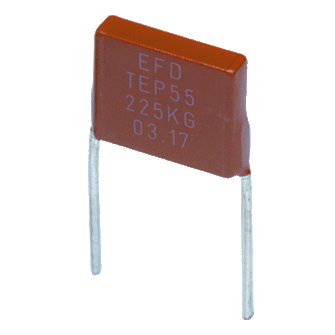
Typical applications :
- Switch Mode Power Supplies
- Filtering
- DC/DC converters
The below Part Numbers reflect our high runners only.
Please contact us if you can't find your specifications.
Compliance and certifications

CECC
Would you like to ajust a little something?
Customize it
1document

Frequently Asked Questions
Find answers to the most frequently asked questions about our products and services.
Still have questions ?
Can’t find the answer you’re looking for ? Please contact with our customer service.
Contact


